Biology Final Set
1/92
Name | Mastery | Learn | Test | Matching | Spaced |
|---|
No study sessions yet.
93 Terms
Transpiration
The evaporation of water from the plants surface and how water and some dissolved minerals move through the plant.
Guttation
The loss of liquids from the end of vascular tissues at the margins of leaves.
Water Potential
How water is transported up for the roots to the leaves through the xylem. This is the potential energy of water molecules.
What contributes to Water Potential?
Gravity, Pressure, Solute Concentration. This is when water always wants to move to balance its self out and allows for it to move from high concentration to low concentration (Concentration Gradient).
Osmosis
How water moves through out a plant. This is from high to low concentration.
Cohesion
The ability for water molecules to be attracted to themselves through hydrogen bonds.
Adhesion
The ability of water to stick to other things.
Stomata
Small opening in the leaf surface which open into air spaces that surround the mesophyll cells of the leaf.
Tension
A pull the fluid in the xylem which continues the pull of water up to evaporate.
Stomata Cons
Allows for a good majority of water to be evaporated out of it because of climate factors.
Climate Factors
Normal Lab
Sunlight
Humidity
Wind
Bubbles?
There should be no bubbles in the tube because then you would have a BROKEN column of water which in turn does not allow for the plant to pull the water up.
Wind
This one creates the most transpiration as AIR IS A SOULTION which means that the water is pushed away which makes air have a lower water potential (attracting water).
Light
More Photosynthesis happening which takes up more water and has the ability to heat the water up which creates more evaporation.
Ambient Room Temperature
This has some of the factors around it but is much more dry then the humid surrounding which allows the water to evaporate out of it. THIS IS THE CONTROL AND SHOWS THAT THE EXPERIMENT IS VALID. THIS IS THE BASE LINE THAT WE COMPARE EVERYTHING TO.
Humidity
This the least amount of water loss because the amount of water in the air and in the plant is almost equal so there is less amount of a concentration gradient if any.
How do the Plants gets water around its self?
Water cannot be pumped so there must have transmembrane active protein pumps (that special in specific minerals) to make there a lower water potential and higher number of solutes which allows for the water to move through.
How does the plant get water from the soil?
Pushes solutes into the roots which allows for the water to be brought into the plant as there becomes a lower water potential in the plant then soil.
Stomata are closed
This means that the K+ ions have been pumped out of the so the water follows. This allows the pore to become flaccid and close. The K+ leaves the GUARD CELLS.
Guard Cells
This are the cells that control the stomata and if they are open or closed.
Each stoma is controlled by 2.
When are Stomata closed
When Dark, CO2 in the plant is high and the soil water is low. This is around 12pm-3pm, 7pmish to 4amish. This is so the plant does not dehydrate and can still do photosynthesis.
Open Stomata
This is when the guard cells swell and become turgid which allows for the walls to stand up.
K+ ions move into the guard cells which draw water in.
When are Stomata’s Open
Light, Low Co2 in the Plant, and high soil water. Which is around 5am - 12pm, 3pm-7pmish. This is the part where there is enough light to survive but also have the ability to not get dehydrated.
Angiosperm
Flowering plants which are the largest and most diverse group in the plant kingdom. This allows for there to seed that could be contained in fruit.
2 types: Monocots and Dicots.
Gymnosperms
Non-Flowering, they have naked seeds that are exposed to the surface and not protected by fruit. (Pine or Spruce)
Photosynthesis Equation
6CO2 + 6H2O →(Sunlight ON TOP OF ARROW) C6H12O6 + 6O2
Purpose of Photosynthesis
Allows for animals to get Glucose to get ATP form cellular respiration
Regulates CO2 by using it up and is a good carbon sink for then environment
is a primary way to convert solar energy to chemical energy
creates O2 for animals to be able to survive too
Why is seed dispersion important for plant?
not to compete with their parents
to continue to survive to get nutrients
to get some sun and be away from large plants
This improves biodiversity over all.
5 ways of seed dispersion
Wind → Seeds are light and have ways of being carried by the wind which allows them to fly away
Water → Seeds are buoyant enough to float away and can go to another shore. Most plants that uses this type of dispersion are on a beach or near a older body of water.
Animal → The seeds are eaten then excreted in another area, they can be buried by squirrels and them forgotten about, or they hook on to animals and distributed else where.
Gravity → fall then roll away.
Explosion → built up pressure allows for the seeds to be put else where. This is usually in peas and pods.
Xylem and Phloem Diagram
The Xylem is more inside to the Phloem which is then protected by bark.

Heart Wood
Old Xylem and Phloem from each year. This had then been filled with some form of resin so bugs and moss or other disruptive plants can destroy it.
Number of embryotic seeds MONOCOT
1
Number of embryotic seeds DICOT
2
Type of Root MONOCOT
Fibrous which anchors the plant and absorbs water and minerals
Type of Root Dicot
Taproot which anchors the plant and absorbs water and minerals as well as food and water storage
Leave Shapes MONOCOT
Veins are parallel to each other
Leave Shape DICOT
Net Shaped
Germination MONOCOT
comes out with a point (like a tulip)
Germination DICOT
Comes out in a arch (hypocotyl) → Pulls the head out of the soil when ready
Wood around it? Monocot or Dicot.
Only Dicots have wood around it some monocots have herbaceous which is soft and flexible.
Number of Flower Petals MONOCOTS
3 and multiples
Number of Flower Petals DICOTS
4-5 and multiples
Dicot Root Diagram
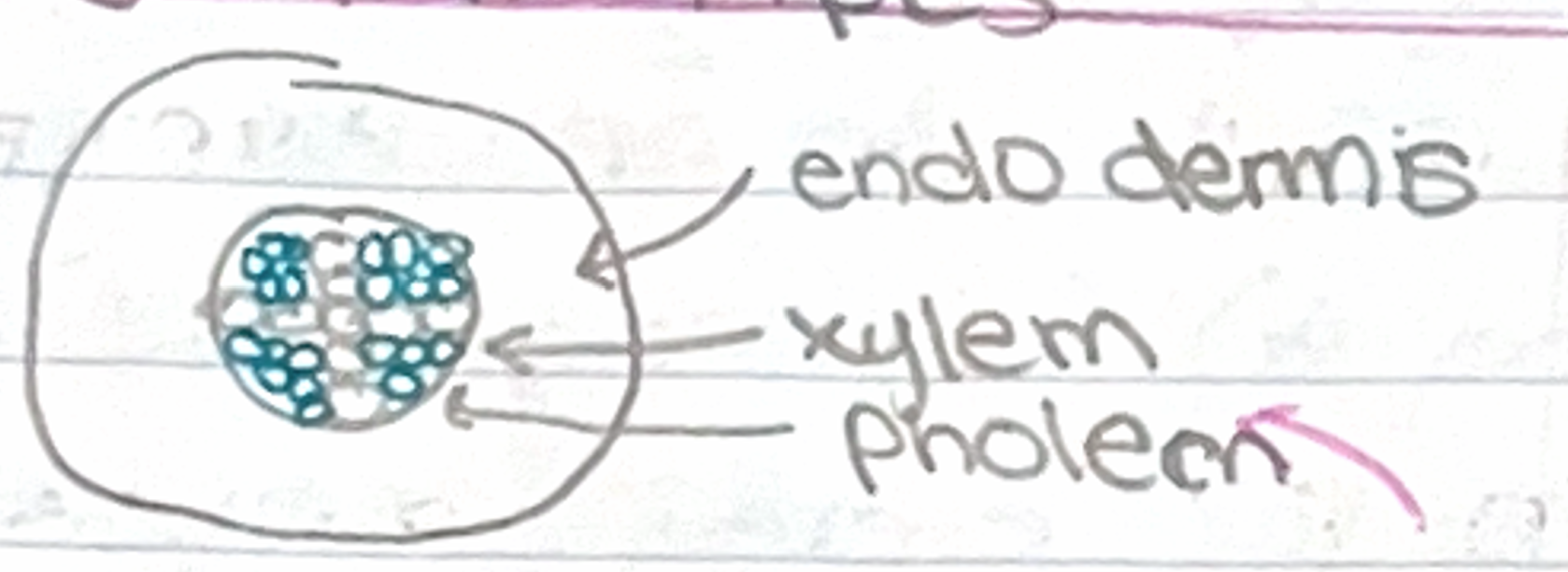
Monocot Stem Diagram
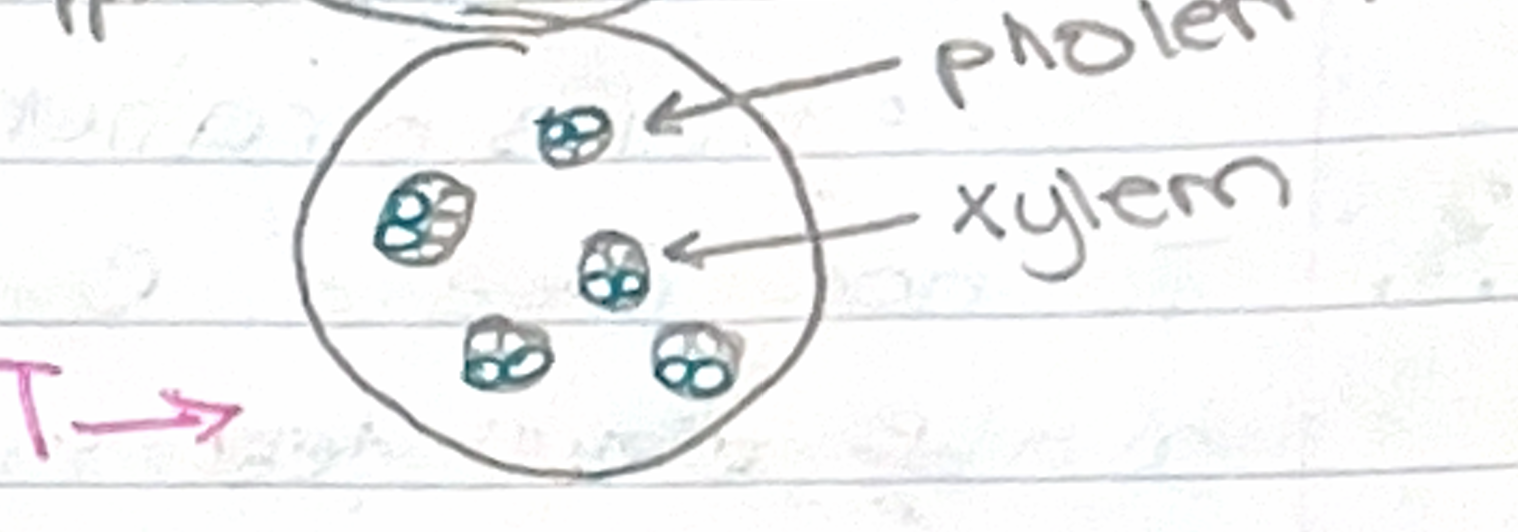
Dicot Stem Diagram
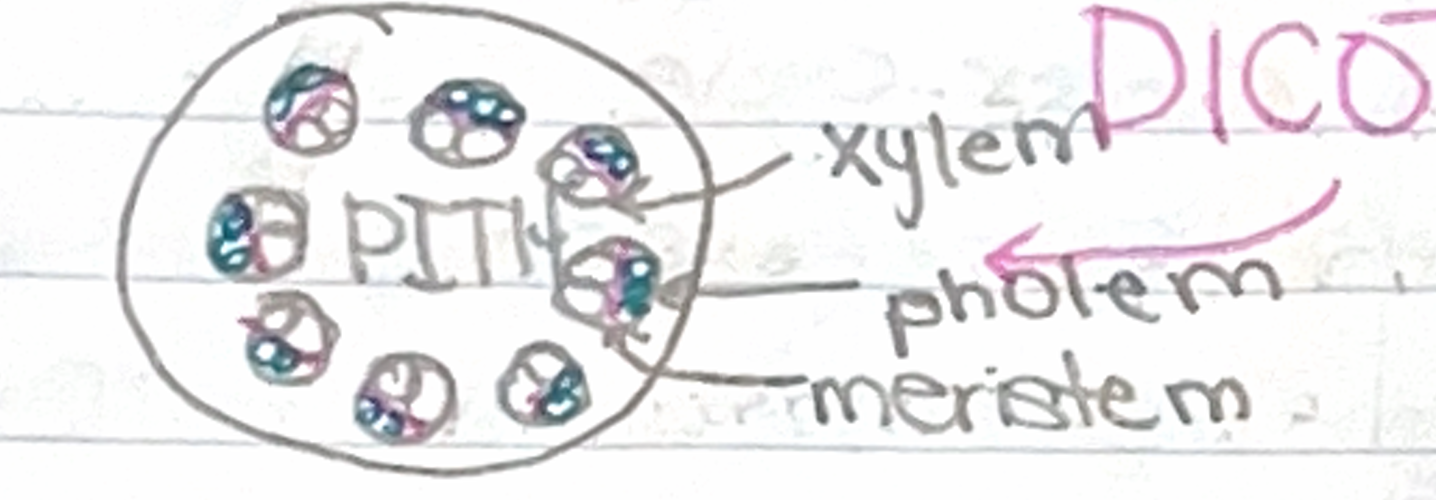
Monocot Root Diagram

Structure of the Xylem
Stacked tube of dead plant cell which have been created from the cellulose that creates the plant cell wall.
Function of the Xylem
To Transport water from the roots to the leaves and other photosynthesizing area of the plant that need the water to make sugars by using Transpiration and active transport of solutes.
Factors that affect water consumption and Transpiration
Temperature (hot or cold (the water could be frozen)
Wind
Time of Day (is the sun out?)
Leave of CO2 in the plant (Affects stomata)
Amount of water in the ground
This all affects if the the stomata is open or closed
Where are stomata?
ONLY ON THE BOTTOM
Plant Cross section Diagram
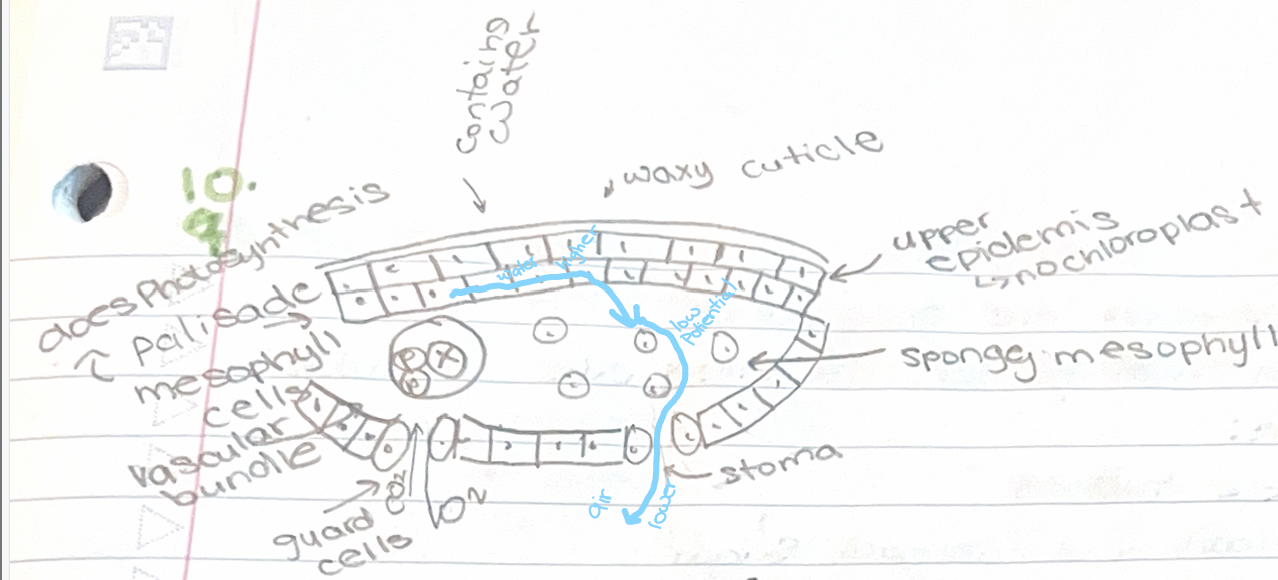
Phloem Structure Diagram
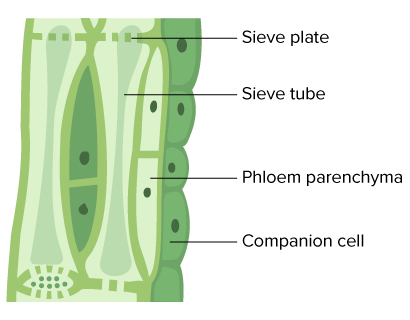
Companion cell
a type of phloem cell that carries out life function (Such as ATP production) to maintain both the sieve tube associated with it and its self.
Sieve Tube
a type of phloem cell with plates at both ends that are perforated with holes, alive at maturity but lacks a nucleus; conducts water an nutrients. The sieve plate if injured can be filled with proteins to allow for the plant to not be killed or lose lots of sugars easily.
Parenchyma
This is lateral storage and transport of sugars
Function of the Phloem
Move Sugars and things produced by photosynthesis around the plant to the cells that need it.
Translocation
The term used to describe the movement of sugars from source to sink.
Pressure Flow Model
A high concentration of sugar at the source creates a low solute potential.
The low solute potential draws water into the phloem from the adjacent xylem.
Movement of water into the phloem creates a high pressure potential, aka high turgor pressure, in the phloem.
The high turgor pressure forces movement of phloem sap from source to sink by moving from high to low pressure.
The sugars moved are then rapidly removed from the phloem through active transport at the sink.
Removal of the sugars at the sink, which causes water to leave the phloem and return to the xylem.
Transpiration and Homeostasis
Controls Temperature → can cool when evaporation is happening
Water and Mineral Transport → helps to distribute dissolved minerals
Helps with Turgor Pressure → helps to open and close the stomata by having enough water
Adaptations for Hot and Dry Climates (Plants)
Thicker and waxy cuticles → less water loss out of leaves (if any)
Decreased Number of Stomata → less holes to lose water out of
Rolled leaf → traps moisture in
Sunken Stomata → limited transpiration as limited exposure to light and possibly heat
Hairy leaves → Traps Humid air
has specialized tissues to store water
Adaptations for Aquatic Environment (Plants)
no cuticles → no worry about water loss
Stomata is on top → allows for gas exchange
large air spaces in the plant → is buoyant and allows for gases to move around
reduced xylem → does not need as much water transportation
Adaptation for cold environments (Plants)
Low and small → prevents strong wind damage
Dark Leaves → attracts more sunlight and heat
Short life cycle → Can reproduce quickly
Small needle-like leaves → have a thick waxy cuticle to decrease water loss as water in the air is frozen in cold weather
Dormancy in the winter if possible
Species
A group of individuals that have the ability to interbreed and create viable off spring.
Sexual Recombination
The exchange between mom and dad’s chromosomes (DNA) during meiosis.
Variation
The difference between individuals in the same species which is caused by genetic and environment factors.
5 Pillars of Darwin’s Theory of Evolution
Variation → there has to have different traits in the species to allow for shifts and some to out compete to allow for evolution
There is competition for survival → more offspring are created then that will survive
Natural Selection → Only the ones with desirable traits for that environment will survive
Traits are Pass on → Everything is inherited
Species can change over time depending on the environment → This could cause a new species to be created
Hardy- Weinberg Equations
p+q=1 (allele frequency) and p2+2pq+q2 = 1 (Genotype frequency)
Conditions for the Hardy-Weinberg Equations to Work
No direct mutations
no natural selection (equal fitness among all)
Random mating (no sexual selection)
no genetic drift (there is a large population (the flipping a coin thing and chance))
no gene flow (no immigration or emigration)
Allopatric Speciation
Occurs because of a physical barrier (ie living on a island) so there is no gene flow or a very small amount of it. This can create 2 different species.
Sympatric Speciation
Occurs because of reproductive isolating mechanism (intrinsic) which could be behavior. temporal, genetic (can possibly get together but not have a viable offspring), and sexual selection. This can create 2 different species.
Embryology
Closely related species go though similar stages of development (ie dolphins have little numbs when in womb)
This can signify shared genes.
This is a evidence for evolution.
Anatomy
Structure only make sense hen you look back at their ancestry. (ie. vestigial structure, homologous structures, analogous structures)
This is a evidence for evolution.
Vestigial Structures
This are reduced and non-functioning parts or organs (ie hip bones in whales) that were inherited from ancestors
They were once important for survival and reproduction
They now do not positively or negatively impact how well the organism survives so it does not affect its sexual or natural selection
Homologous structure
They have similar fundamental layout and constructions but many have different purposes. Thus this shows that they have a common ancestor.
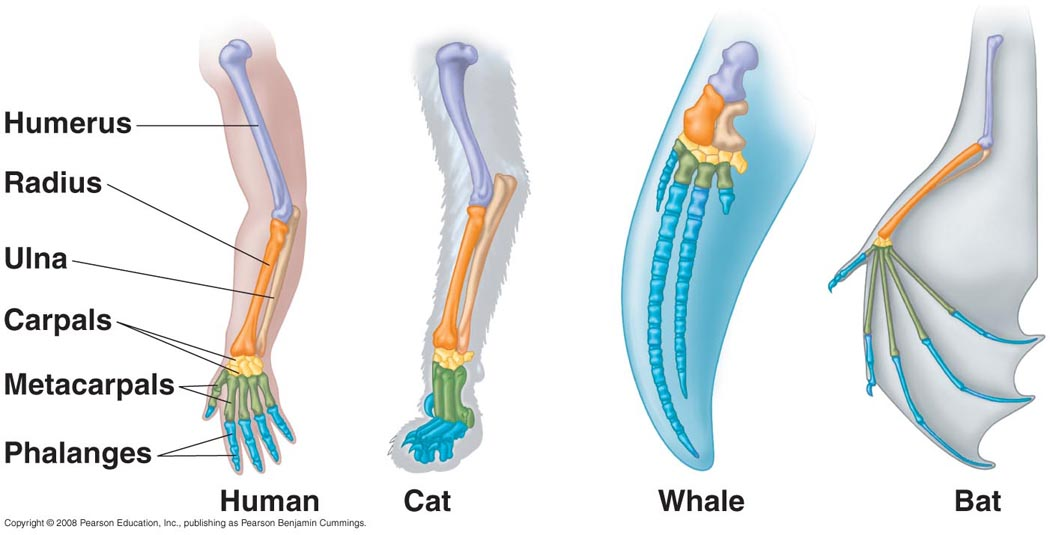
Analogous Structure
Similar in function but inherited or evolved independently from one another. They would not have a common ancestor then.

Fossil Records
This is a evidence of evolution.
This is when bones are found within layers of sedimentary rock and in a order.
This succession shows that the organisms can change over time and descend from a common ancestor.
This would develop form simpler to more complex animals and shows a direct line of descendance.
CAN HAVE GAPS.
Biogeography
This is an evidence of evolution. This is the study of the past and present geographical distribution of species (DARWIN AND SPREADING).
Shows that they can adapt to the environment which can form new species.
The more closely related species are more geographically close.
Thus, areas on an island would resemble animals in the mainland.
Evidence: fossils of the same species can be found on coastline of neighboring continents.
DNA Evidence
This is determined by similar DNA which can indicate a common ancestor.
This is very new and not all animals have the DNA.
Diploid
2n - Cells with a homologous chromosomes. (2 of the same to code to; one from Mom and one from Dad)
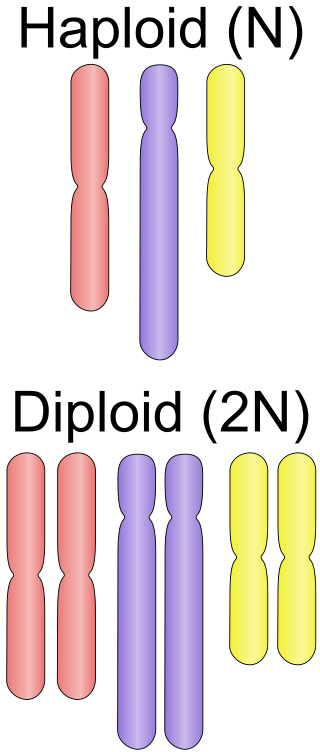
Haploid
n → cell with only one chromosome per pair.

non-disjunction
This is when a pair of homologous chromosomes or sister chromatic do not sperate properly which can cause trisomy or monosomy and can happen in either anaphase 1 or anaphase 2 or meiosis.
Selective Breeding
The process of breeding plants animals for a desirable trait. This can be artificial.
Crossing over
The exchange of segments between homologous pairs.
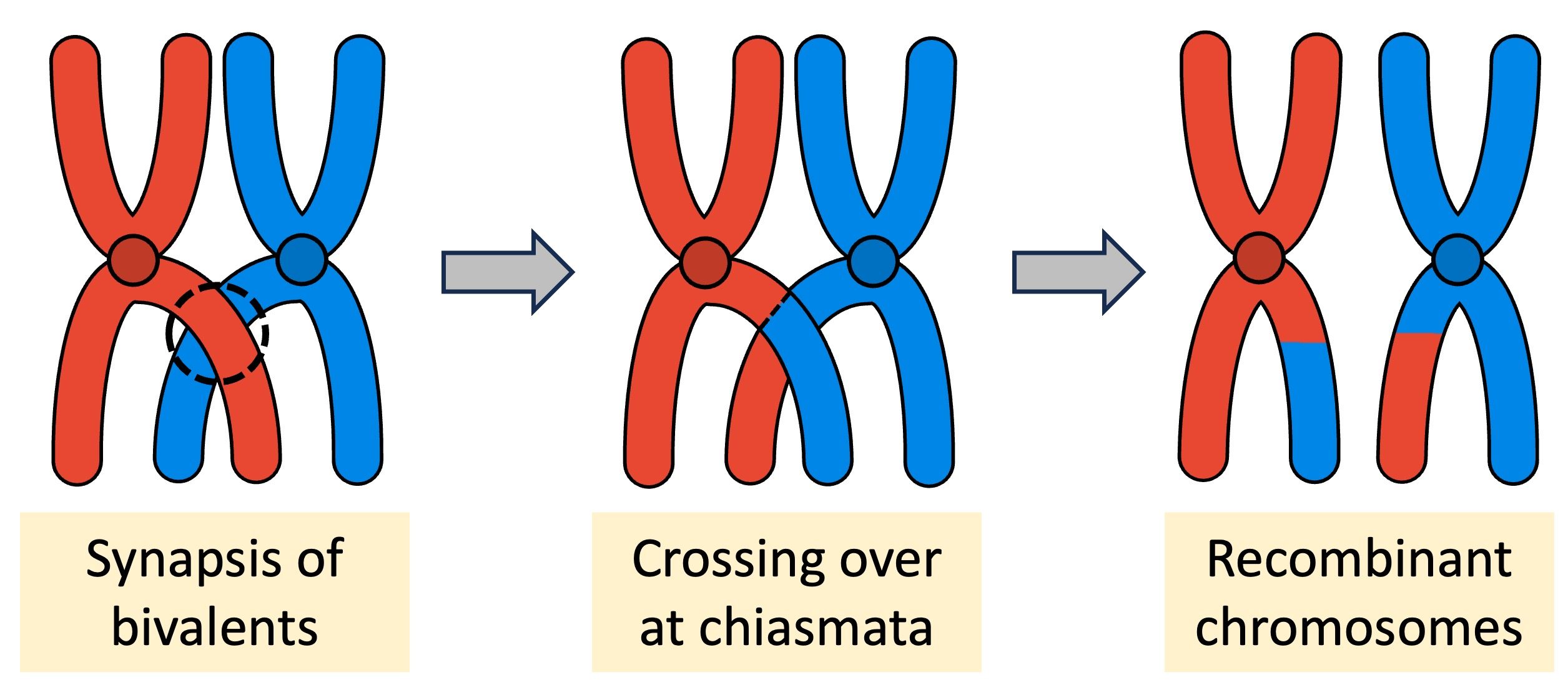
Steps of Mitosis
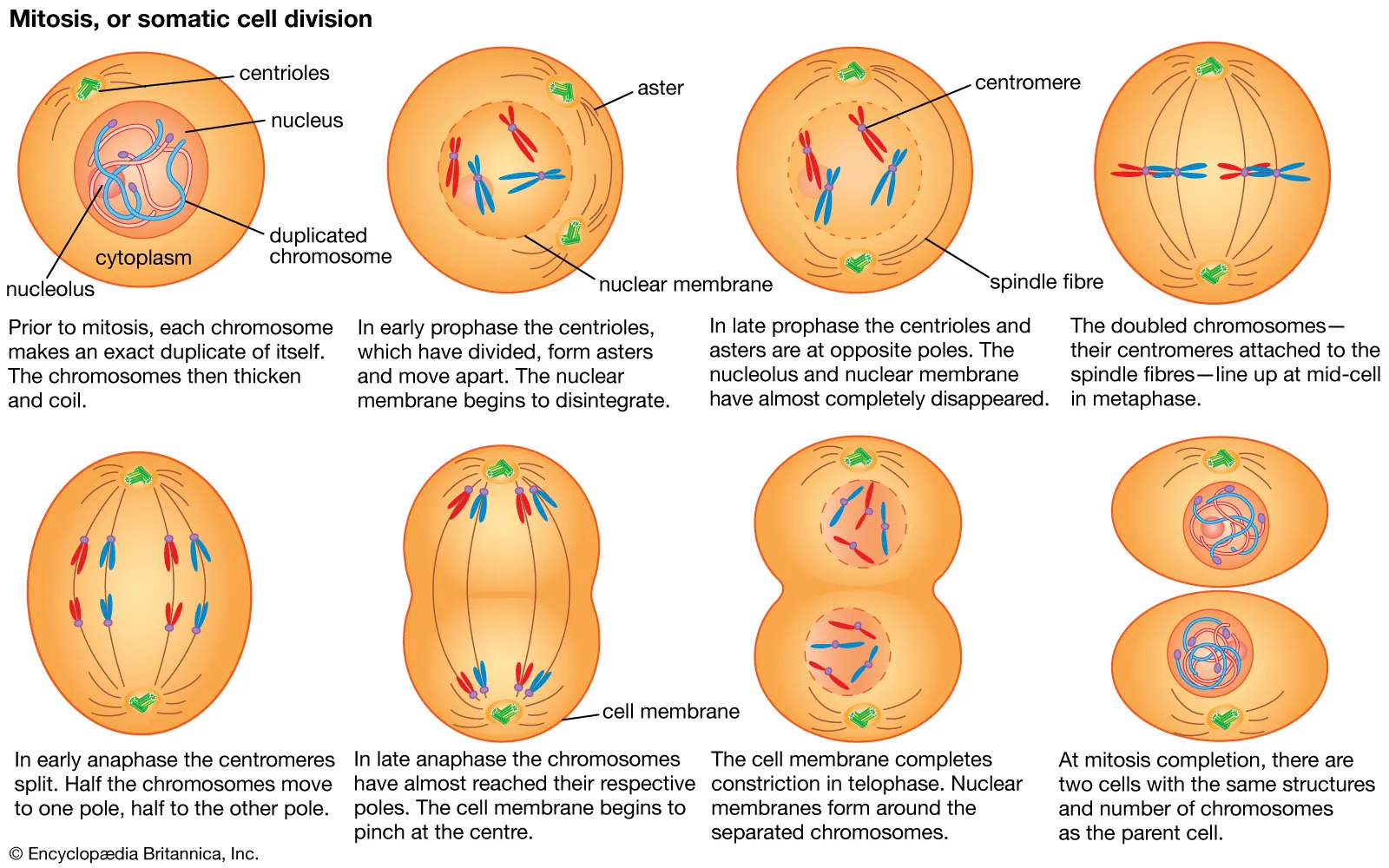
Mitosis Reproduction
For body (somatic cells) or bacteria reproduction
Meiosis Reproduction
For sex (gametes cells) and creates haploids.
Meiosis Steps

Karyotypes of Downs Syndrome
Trisomy 21
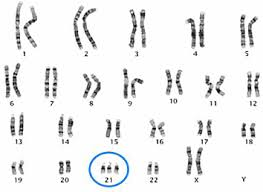
Karyotype for Turners Syndrome
Monosomy 23 (XO)

Karyotype for Klinefelter Syndrome
Trisomy 23
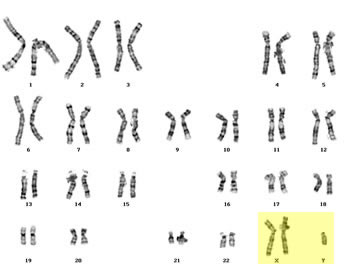
Blood Type Compatibility
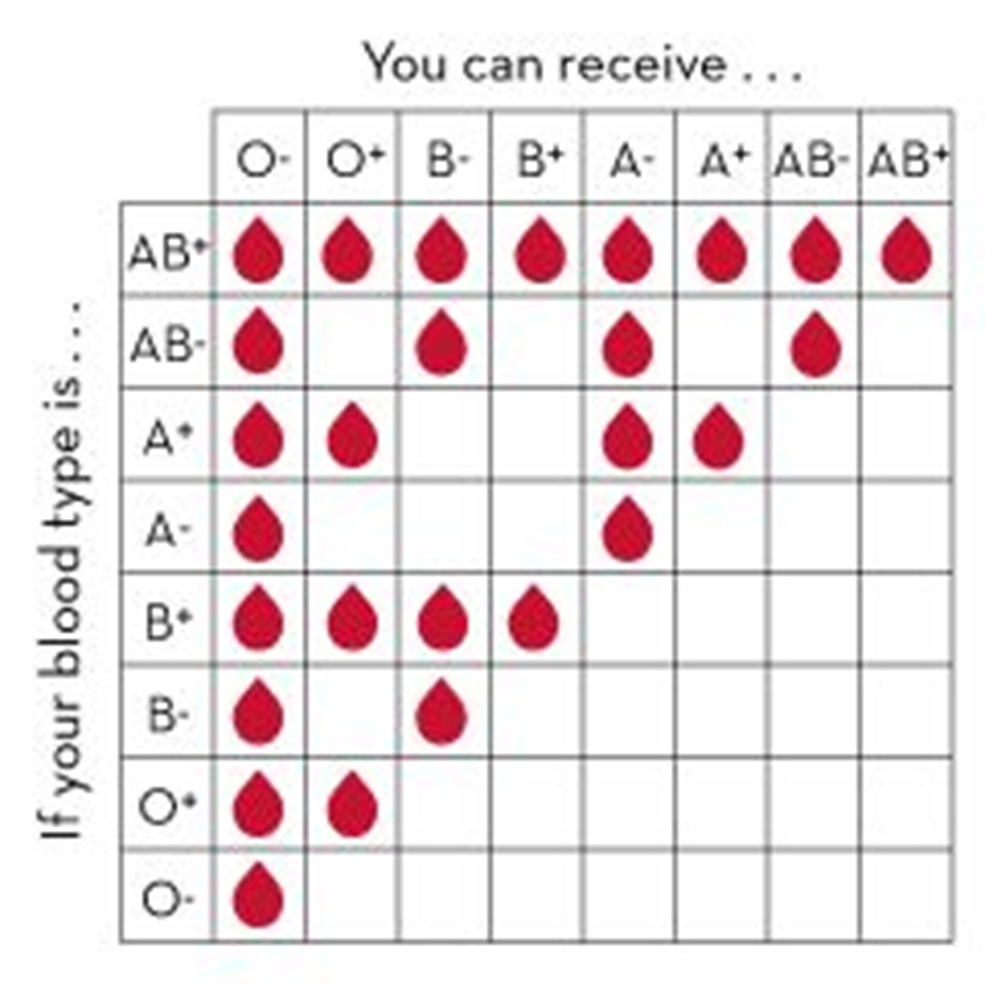
Antigens and Antibodies of Blood types
Phenotype | Possible Genotype(s) | Antigen on RBC surface | Can Donate Blood To | Can Receive Blood From |
A | IAIA IAIO = IAi | A antigen (protein) | Type A Type AB | Type A Type O |
B | IBIB IBIO = IBi | B antigen | Type B Type AB | Type B Type O |
AB | IAIB | A and B proteins | Type AB | All blood types |
O | IOIO = ii | No antigens | All blood types | Type O |